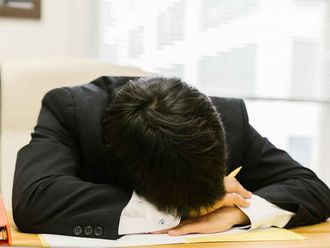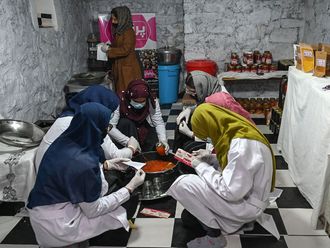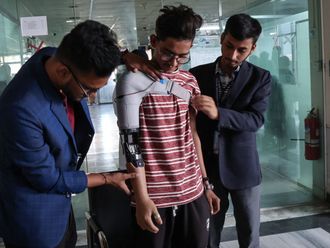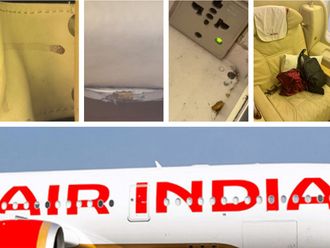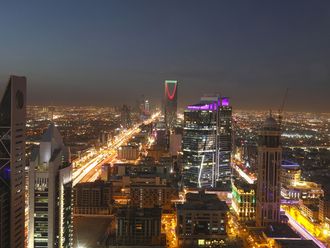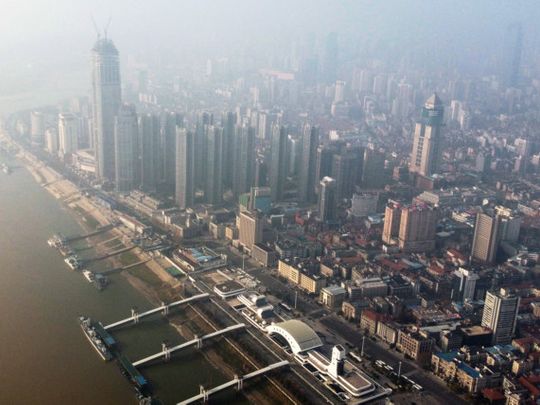
Beijing: If Wuhan could be compared to a US city, it might be Pittsburgh - a much bigger, much hotter Pittsburgh.
Wuhan, an industrial city in central China, straddles a river, the Yangtze. It is home to a troubled and declining steel industry. It is a university town filled with college students.
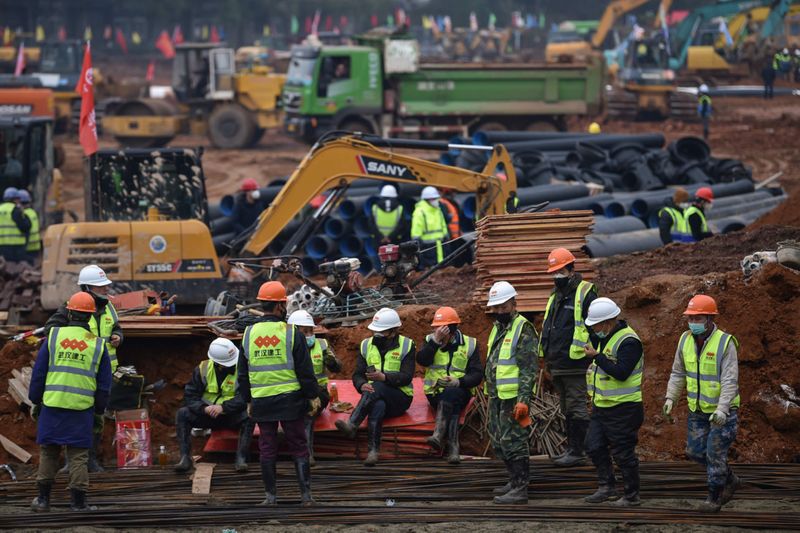
The comparisons don’t go much further. Wuhan has a population of more than 11 million people, the equivalent of 36 Pittsburghs. In terms of college students alone, roughly 1 million are enrolled there, according to government figures. Summer temperatures can approach 100 degrees, with heavy humidity. Its traditional dish, and one of China’s favourite noshes, is a pungent pasta concoction called reganmian, or “hot dry noodles.”

Wuhan is also the epicentre of a viral outbreak that is worrying the world. On Thursday, Chinese officials sharply limited travel to and from the city in an effort to contain a coronavirus that so far has killed more than 100 people and infected hundreds more. The restrictions hit the city at the peak of the travel period for the Lunar New Year holiday, meaning many residents may miss their families and loved ones this week.
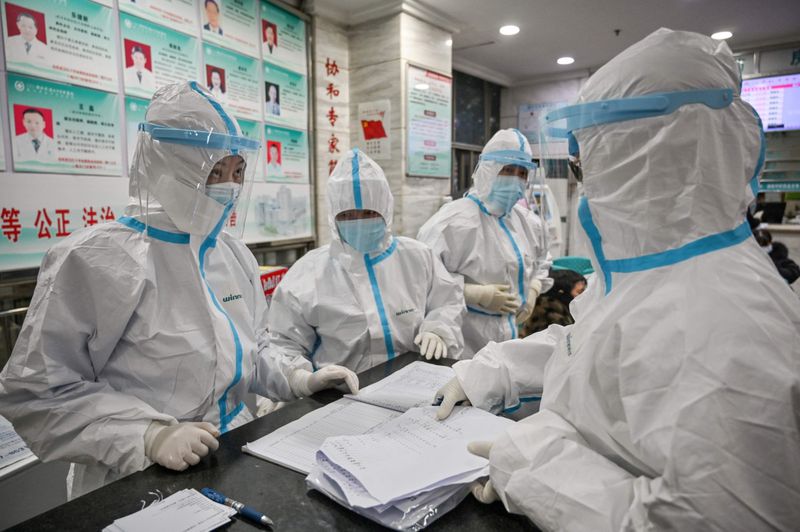
Global economic power
Wuhan embodies China’s rise as a global economic power, in all its complexities. Disposable income per person soared more than sixfold between 2002 and 2018, according to government figures compiled by CEIC Data, an information provider. The area is home to vast automotive factories making cars for General Motors, Nissan, Honda and other global and local brands. The city has become a popular destination for foreign investment.
The Chinese government thinks so highly of the city’s image that Xi Jinping, the country’s leader, met Prime Minister Narendra Modi of India there two years ago. The two walked along the city’s East Lake, building what Chinese state-run media came to call the Wuhan spirit between the two regional rivals.
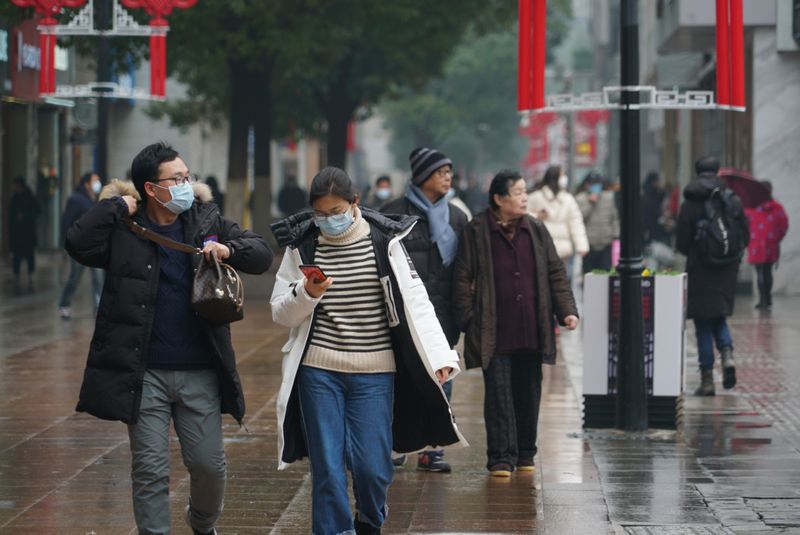
The boom has come with problems. Heavy pollution has provoked protests. Its streets are often clogged with traffic. Its steel factories, long a backbone of the local economy, have struggled along with the rest of the industry in China with overcapacity and pollution problems, leading Beijing to combine the state-owned local giant, Wuhan Steel, with another company.
Centre of commerce
Wuhan has long been a centre of commerce in China thanks to its position along the Yangtze River, a major trade route, and it remains a key transportation hub, leading some in China to compare it to Chicago. It was also the site of one formative event in Chinese history: a military mutiny in 1911 that led to the collapse of the Qing dynasty and ushered in the Republic of China.
Wuhan held a special place in the heart of Mao Zedong, who famously took a swim in the Yangtze there in 1966 to show his vitality. This was at the beginning of the Cultural Revolution, which tore Wuhan apart as it did other cities.

As China took off in the modern era, local leaders tried to burnish its image and show Wuhan taking part in the country’s rise. They explored adopting a slogan and considered “Great River, Great Lake, Great Wuhan” and “River Capital of the East, Livable Wuhan,” among others.
They settled on “Wuhan, Different Every day!”
- New York Times News Service
Where is Wuhan?
Wuhan lies in what is known as Central China, where it is the capital of Hubei province. The city holds a strategic location at the confluence of the Yangtze River and its largest tributary, the Han River.

Given its position, Wuhan has become known as a thoroughfare for shipping and other transportation. American observers have compared it to Chicago, another major city that sits near the centre of large nation.
The city is located 430 miles west of Shanghai and 650 miles south of Beijing.
Who lives there?
With a population of more than 11 million, Wuhan is considerably larger than New York City. However, it is considered only a tier-two city by Chinese standards: It is the seventh-most populous city in China when ranked by population of the urban area.
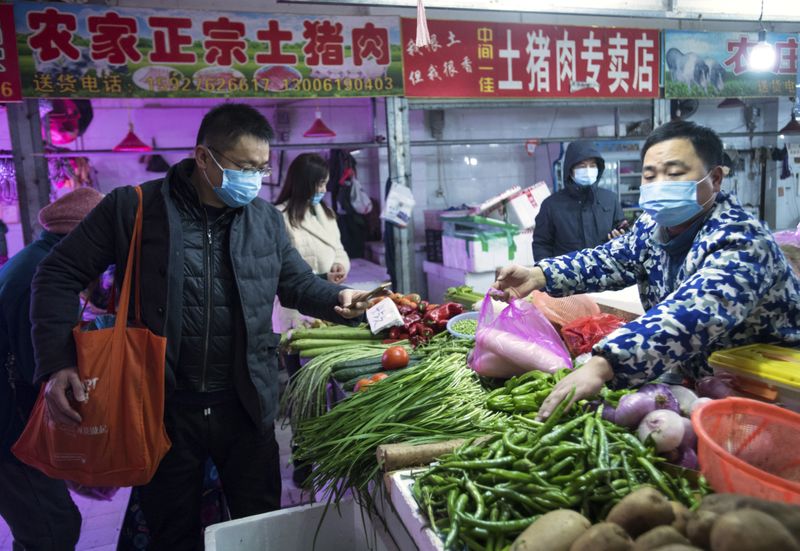
An industrial city, Wuhan has a significant number of migrant workers, some of whom work in the automobile and steel industries. A large number of students also live in the city, which houses the respected Wuhan University.
Why is Wuhan on lockdown?
The city has been placed on lockdown after the spread of a pneumonia-like illness known as a coronavirus. Authorities have placed travel restrictions on the city and the surrounding municipalities to stop the spread of the virus.
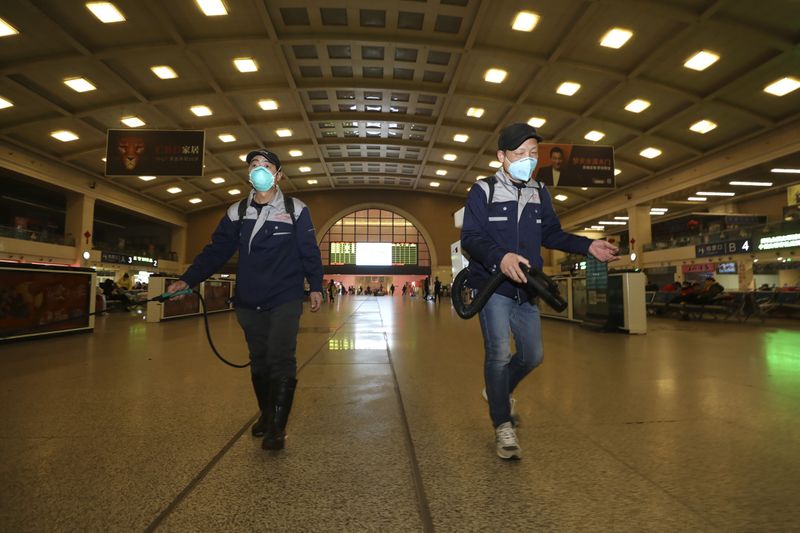
Authorities believe that the virus originated in a Wuhan food market that sold exotic animals for human consumption. These “wet markets” sell a wide variety of live animals, ranging from hedgehogs to crocodiles. Chinese authorities have tried to close them in the past due to health concerns.
What transport links does Wuhan have?
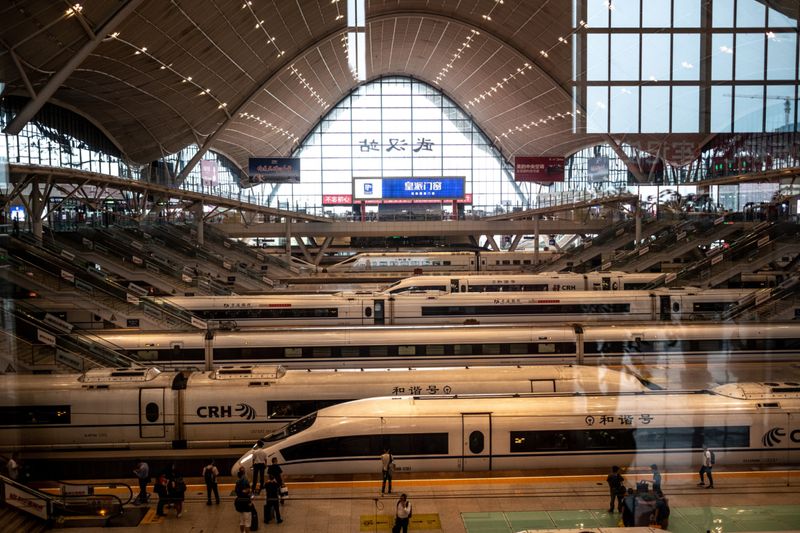
As a major city in a central location, Wuhan is well-connected. The city’s main air hub - Wuhan Tianhe International Airport - has flights to New York and San Francisco, as well as London, Tokyo, Moscow and many other international cities, and Wuhan is connected by high-speed rail to Beijing, Guangzhou, Shanghai and Chengdu.
Why are so many people travelling at the moment?
Friday marks the official beginning of China’s annual Lunar New Year holiday. The event is celebrated in Wuhan with fairs at temples and fireworks displays, but it is also a time when millions of Chinese all across the country travel to be with their families. In a large city like Wuhan, the population can shrink during the Lunar New Year, as migrant workers travel for a rare break from their day-to-day life.
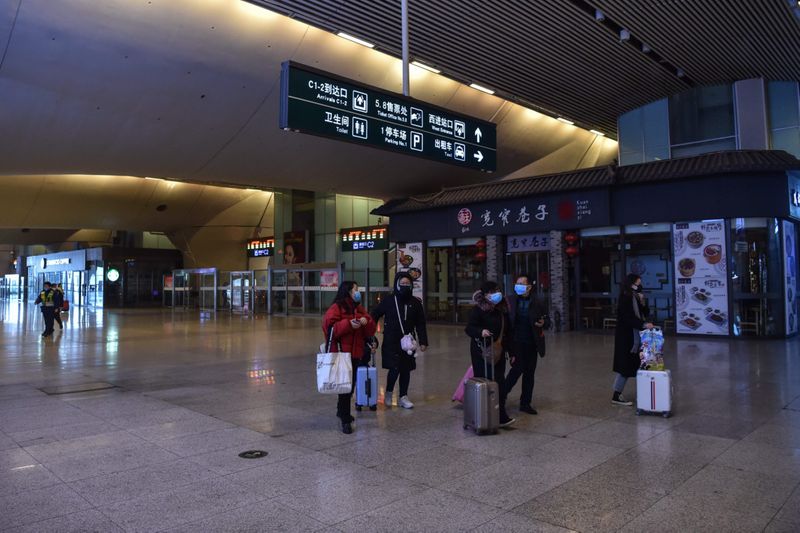
What else is Wuhan known for?
The city has a long and illustrious history, dating back thousands of years. Wuhan is close to an important archaeological site known as Panlongcheng, which dates to the Shang dynasty between 1600 and 1046 B.C.
In 1911, the booming town was the scene of what became known as the Wuchang Uprising, an event that started as popular unrest about a railway crisis but eventually escalated and led to a revolution that overthrew China’s last imperial dynasty.
The city was briefly proclaimed China’s capital in 1927 and again, provisionally, during the second Sino-Japanese War in 1937. Communist leader Mao Zedong swam in the Yangtze River there in 1966, aiming to show he was still a strong leader.
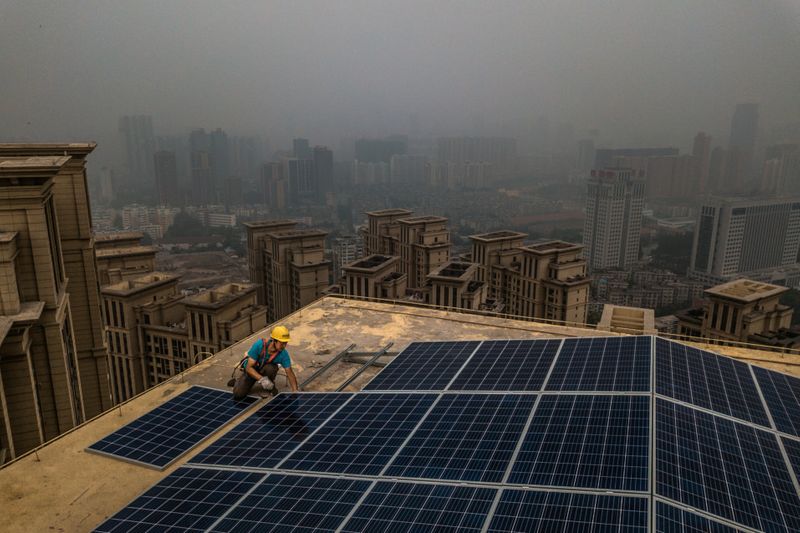
In more recent years, the city has become a symbol of capitalism, with international automakers such as Honda and General Motors building cars there. The city is also a centre for Hubei cuisine; Wuhan-style food in particular is notable for noodle dishes and dry pots.
What other areas are on lockdown?
The neighbouring city of Huanggang, which has a population of roughly 6 million, said it would join Wuhan’s quarantine from midnight on Thursday. The nearby city of Ezhou, home to 1 million people, has also shut down its railway stations.
In total, authorities have moved to stop about 25 million people in Wuhan and surrounding areas - more people than in the entire state of Florida.
- Washington Post


